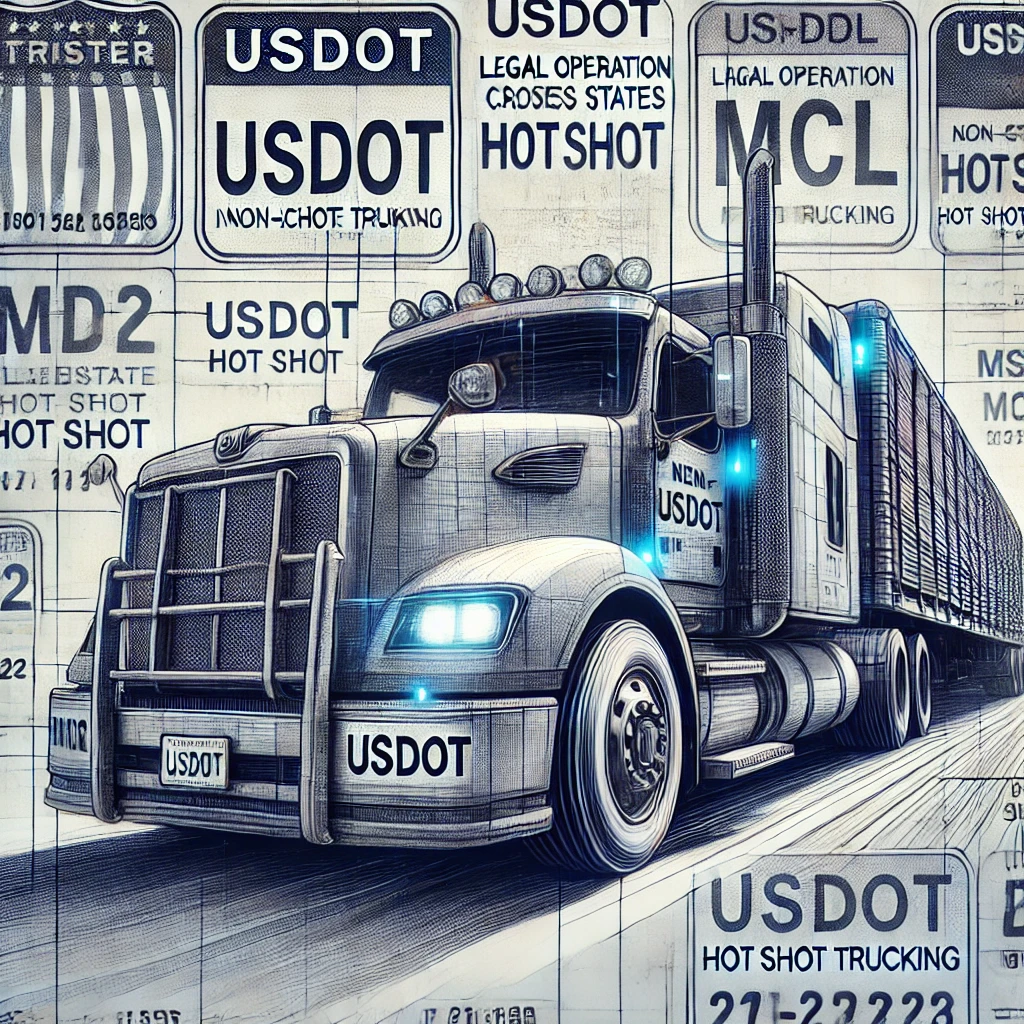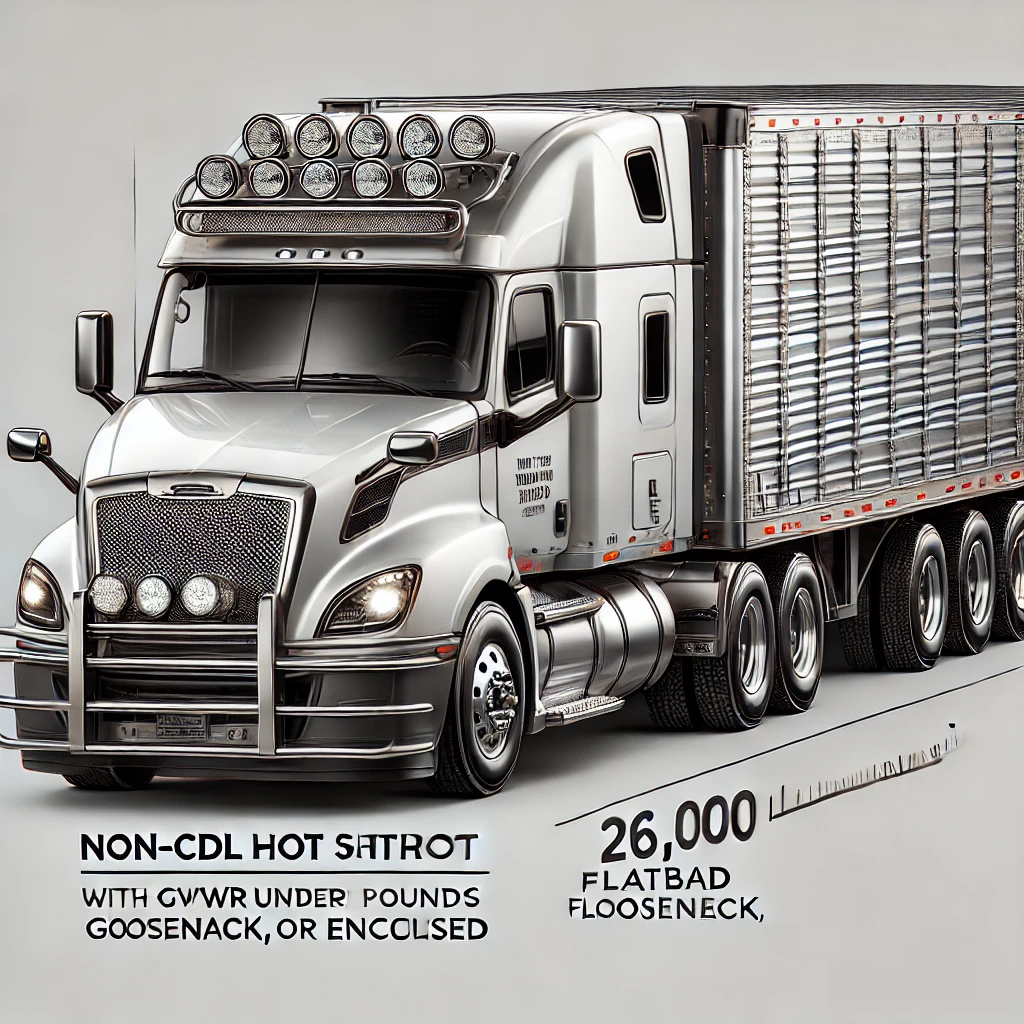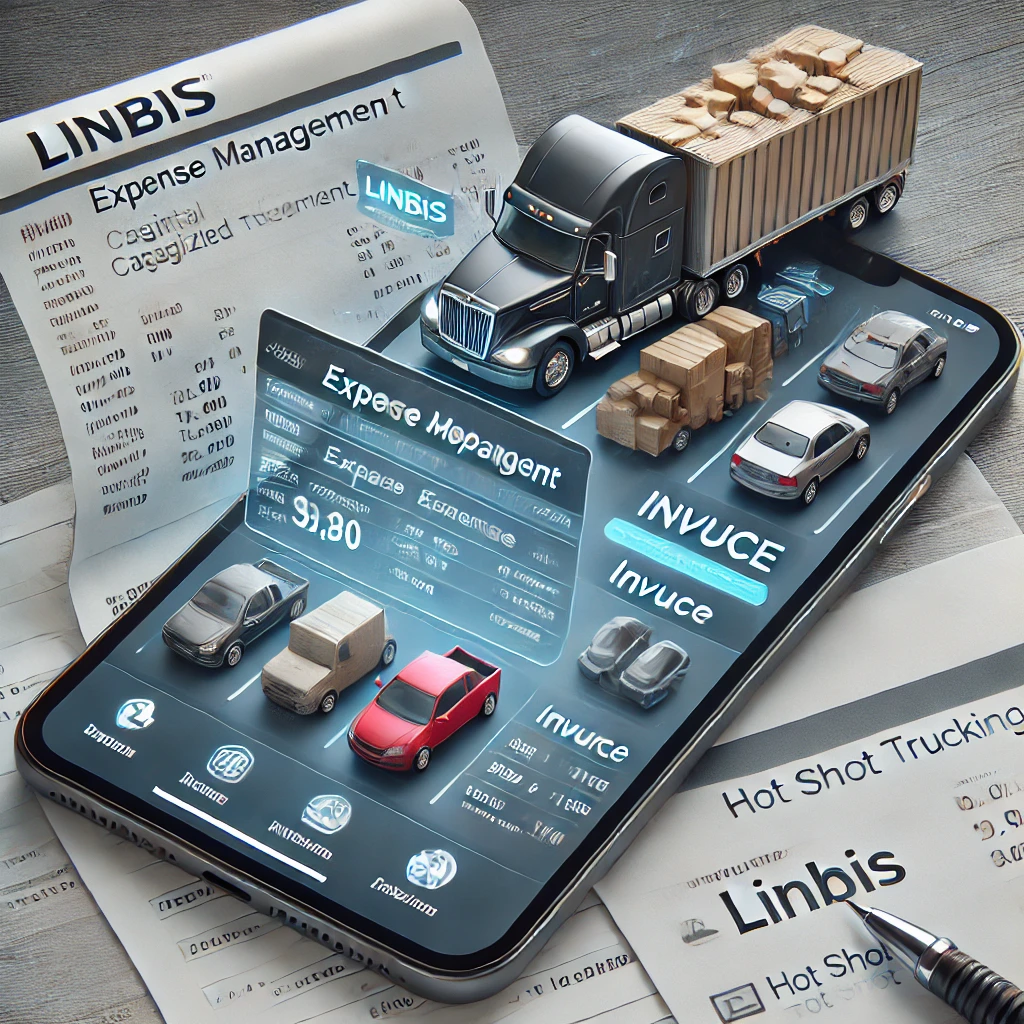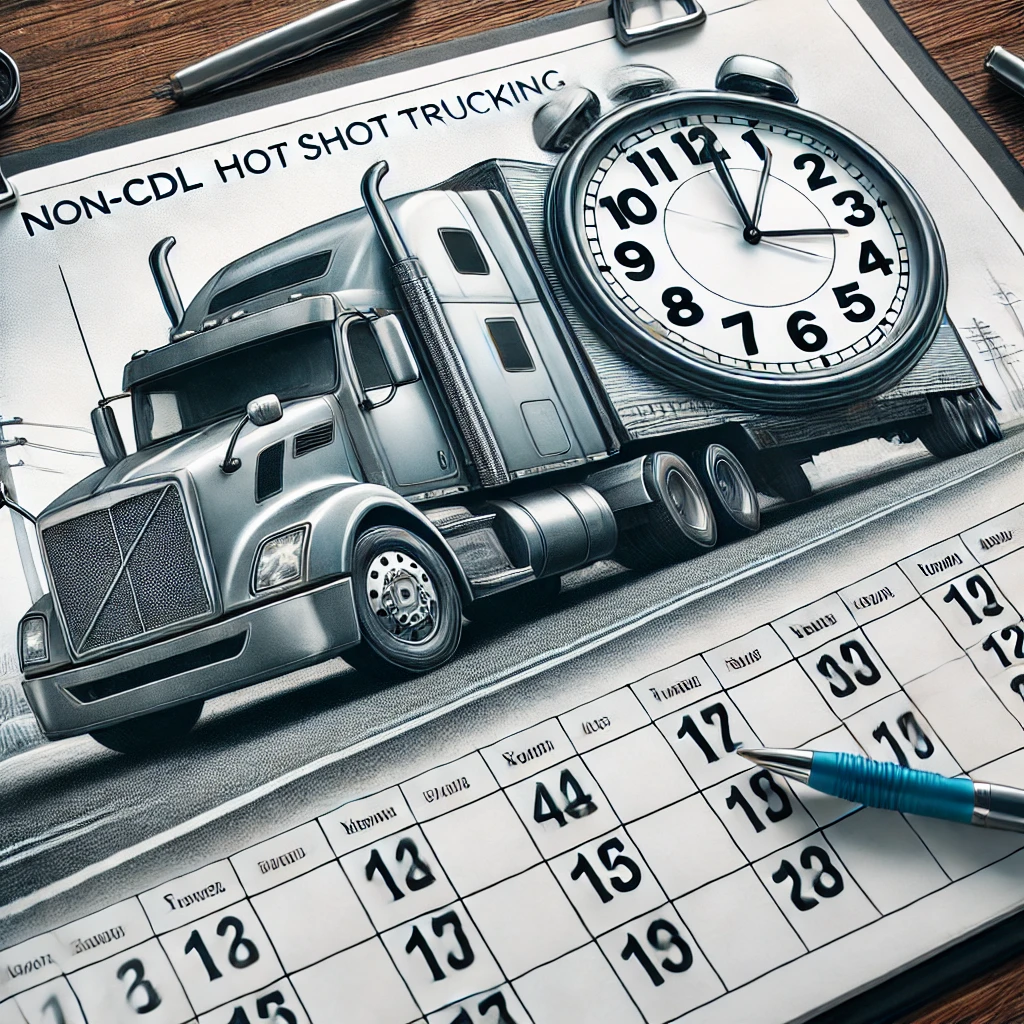Non-CDL Hot Shot Trucking Requirements: A Comprehensive Guide

What is Non-CDL Hot Shot Trucking?
Before delving into the specific requirements, it’s essential to understand what non-CDL hot shot trucking entails:
- Hot shot trucking involves transporting time-sensitive, less-than-truckload (LTL) shipments.
- Non-CDL hot shot trucking typically uses vehicles with a Gross Vehicle Weight Rating (GVWR) under 26,000 pounds.
- It often involves a pickup truck pulling a trailer, rather than a semi-truck.
Key Non-CDL Hot Shot Trucking Requirements
- Driver’s License
- A valid state driver’s license is the minimum requirement for non-CDL hot shot trucking.
- Some states may require a non-CDL Class A license for certain weight combinations.
- Vehicle Requirements
- Truck with a GVWR under 26,000 pounds
- Appropriate trailer (flatbed, gooseneck, or enclosed)
- Combined truck and trailer weight must not exceed 26,000 pounds GVWR
- Vehicle must be in good condition and pass safety inspections
- Insurance
- Commercial auto liability insurance (typically $750,000 minimum for interstate commerce)
- Cargo insurance (usually $100,000 minimum)
- Physical damage coverage (recommended but not always required)
- Business Registration
- Obtain an EIN (Employer Identification Number) from the IRS
- Register your business with state authorities (LLC, Sole Proprietorship, etc.)
- Obtain any necessary state business licenses
- USDOT Number
- Required for interstate commerce
- Also required by some states for intrastate commerce
- Application can be completed online through the FMCSA website
- MC Number
- Needed if operating as a for-hire carrier across state lines
- Not required for private carriers or intrastate operations
- Application process includes a $300 filing fee
- BOC-3 Filing
- Required for out-of-state carriers
- Designates a process agent in each state of operation
- Can be obtained through various commercial services
- IFTA Compliance
- Necessary for interstate fuel tax reporting
- Requires quarterly filing of fuel taxes
- Some states offer IFTA stickers for a fee
- Load Securement Knowledge
- Understanding of proper cargo securing techniques
- Compliance with FMCSA cargo securement rules
- May require additional training or certification
- Hours of Service Compliance
- Even non-CDL drivers must comply with HOS regulations
- 11-hour driving limit within a 14-hour on-duty window
- Electronic logging devices (ELDs) may be required depending on operations
- Record Keeping
- Maintaining accurate logs of trips, expenses, and income
- Keeping vehicle maintenance records
- Retaining all business-related documentation for at least 3 years
- Health Requirements
- While a DOT medical card is not required for non-CDL operations, maintaining good health is crucial
- Some insurance providers may require a medical examination
- Age Requirements
- Minimum age is typically 18 for intrastate commerce
- Must be 21 or older for interstate commerce
- Vehicle Registration and Permits
- Proper registration of both truck and trailer
- Oversize/overweight permits if applicable
- Apportioned registration (IRP plates) for interstate commerce
- Drug and Alcohol Testing
- While not federally required for non-CDL operators, some companies or contracts may require it
- Maintaining a drug-free status is crucial for safety and liability reasons
- Ongoing Compliance
- Staying updated on changing regulations
- Annual USDOT updates
- Biennial MCS-150 form submission

Challenges in Meeting Non-CDL Hot Shot Trucking Requirements
While non-CDL hot shot trucking has lower barriers to entry compared to CDL-required trucking, it still presents several challenges:
- Understanding Complex Regulations: The web of federal, state, and local regulations can be confusing for newcomers.
- Initial Costs: Meeting insurance requirements and purchasing or leasing appropriate equipment can be expensive.
- Maintaining Compliance: Keeping up with ongoing requirements, such as IFTA reporting and hours of service logs, can be time-consuming.
- Business Management: Balancing driving responsibilities with the administrative tasks of running a business can be challenging.
- Staying Within Weight Limits: Ensuring that loads don’t exceed the 26,000 pounds GVWR limit can sometimes be tricky, especially for those new to the industry.

How Linbis Helps Drivers and Companies Meet Non-CDL Hot Shot Trucking Requirements
While Linbis software doesn’t handle all aspects of compliance, it provides crucial support in tracking, invoicing, and expense management – key areas that contribute to overall compliance and business success in non-CDL hot shot trucking.
For Drivers:
- Efficient Trip Tracking:
- Linbis allows drivers to easily log their trips, which is essential for both business operations and compliance with hours of service regulations.
- The tracking feature can provide data to support HOS compliance, even though it doesn’t directly manage HOS logs.
- Simplified Expense Management:
- Drivers can quickly categorize and record expenses such as fuel, maintenance, and tolls.
- Digital receipt storage ensures that all expenses are properly documented for tax purposes.
- Streamlined Invoicing:
- Linbis enables drivers to generate professional invoices quickly and accurately, improving cash flow and financial record-keeping.
For Companies:
- Improved Financial Oversight:
- Companies can easily track revenue and expenses for each driver or truck in their fleet.
- Comprehensive financial reports aid in tax preparation and demonstrating compliance with financial regulations.
- Enhanced Operational Visibility:
- Real-time tracking of all trucks in the fleet improves dispatching and customer service.
- Historical data can be used to optimize routes and improve overall efficiency.
- Simplified Administration:
- Centralized data management reduces paperwork and administrative burden.
- Automated invoicing and expense tracking free up time for other important tasks, such as staying updated on regulatory changes.
By leveraging Linbis for these critical business functions, both individual drivers and hot shot trucking companies can more easily meet many of the non-CDL hot shot trucking requirements. While Linbis doesn’t eliminate the need for understanding and complying with all regulations, it significantly reduces the administrative burden associated with running a compliant hot shot trucking operation. This allows drivers and companies to focus more on their core business of transporting goods efficiently and profitably.

